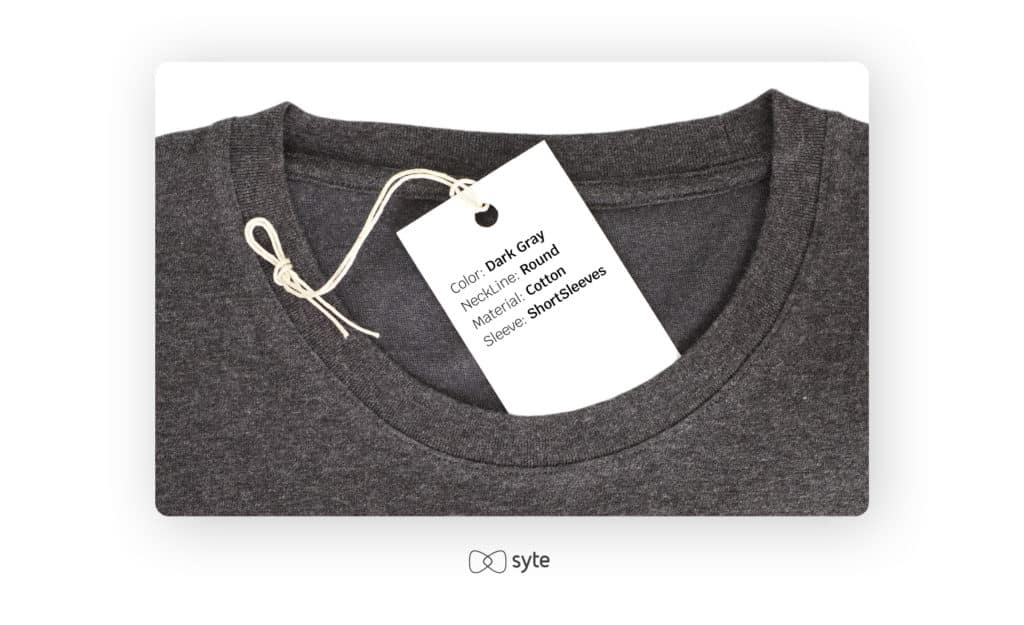Can your customers easily explore your inventory and find products they’ll love? This is a vitally important question for every retailer to ask, but even more so in the world of eCommerce. With so many online options out there, first impressions are critical. Common frictions, such as inaccurate search results and poor website navigation, can instantly send shoppers to your competitors.
So, how do you ensure that your online customers can connect with the products they’re looking for in the most seamless and personalized way? That’s where product discovery comes into play. In this post, we’ll explore what this term means and how a comprehensive product discovery platform can enable all kinds of retailers to provide stellar online shopping experiences.
What is Product Discovery and Why Does It Matter?
Product discovery refers to the different ways your customers can find and explore your products online. The main reason why product discovery matters is because it can make or break the customer experience. Frictionless product discovery sets the tone for the entire shopping journey – regardless of the type of visitor browsing your site.

For example, some shoppers know exactly what they want to purchase. They come to your site with a goal in mind, let’s say it’s “beige pleated women’s slacks with pockets.” If they can’t find that specific product, they’ll quickly move on. Other shoppers may only have a general idea of what they want, such as “a modern couch for the living room” or “a gift for Father’s Day.” These shoppers are more willing to spend time browsing for inspiration.
In both cases, the goal of product discovery is to surface the most appropriate products at the exact right moment. Today, there are several ways to do that on your website. You can use visual AI to enable users to find products through visual search, personalized recommendations, style guides, smart merchandising, inspirational galleries, and more.
Now, let’s take a closer look at the relationship between product discovery and customer experience (CX).
How Product Discovery Relates to Customer Experience
Customer expectations are at an all-time high. Shoppers desire instant gratification, and in eCommerce where alternatives are plenty and accessible, it’s easy for them to jump to another website at the first sign of friction. In fact, PwC found that one in three customers will leave a brand they love after a single negative experience.

Think about it. Having the best branding, customer service, or fulfillment means nothing if you can’t connect shoppers to products that reflect their unique preferences and intent. On the other hand, if you can easily and quickly surface compelling products that match consumer expectations, the opportunities to create meaningful connections across the shopping experience are endless.
Done right, an effective product discovery strategy will make your shoppers feel seen and understood, improving not only conversion rates and basket size but also loyalty.
The Top Two Ways Product Discovery Improves CX
According to Salesforce, 76% of consumers expect companies to understand their needs and expectations. Product discovery can make every step of every buying journey relevant, consistent, and personalized, turning it into a valuable, customer-focused shopping experience. Here’s how:
- A successful product discovery journey removes friction and shortens the path from search to purchase. Whether shoppers choose on-site search, navigation, or filtering, a well-implemented product discovery strategy should seamlessly lead your customers to the items that are most relevant to them. It should also prevent dead ends such as showing zero results, surfacing unavailable items, etc.
- An efficient product discovery strategy acknowledges and delivers shoppers’ individual preferences. From homepage merchandising to complementary product recommendations, successful product discovery should guarantee that customers’ unique tastes and interests are front and center. Showing your shoppers that you “get” them can encourage spontaneous purchases and drive long-term loyalty.
When you have thousands of SKUs, promoting the products that best match what your shoppers are looking for is a complex process. Inventories and product tags need to be in sync. Tools and systems must communicate with each other to pass customer data from one stage of the shopping journey to the next. Everything on the backend needs to work seamlessly to provide an intuitive, delightful frontend experience for your customers. A product discovery platform based on visual AI brings multiple search and discovery solutions under one roof to create and customize this entire process. It includes:
1. Different ways to find products

Customers use on-site search and navigation to find products on eCommerce websites. When it comes to on-site search engines, there are two common options: text and image search. To optimize text search results, it’s important to use an engine that can detect natural language and context. This will help highly motivated shoppers find exactly what they’re looking for even if their search queries don’t match up exactly with the language in your product catalogue. For those who can’t find the right keywords, image search is a fantastic alternative. This removes the barriers of text search entirely – simply upload an image and the on-site search engine will find all relevant items within your catalogue.
Once the shopper chooses an item from the first batch of product search results, product discovery continues. On product pages, users can zoom in on an item they’re interested in and find similar options with a Pinterest-like visual search tool. Also, most eCommerce sites typically recommend complementary products on category, product, and even checkout pages.
2. Strategic placements of products
To keep customers engaged and inventory in top shape, brands and retailers rely on smart merchandising. For it to work, the ideal scenario is that products have consistent, accurate, and updated tags.

With automatic product tagging, you can dynamically create seasonal collections and product groupings, improve on-site search and product filtering experiences, and monitor catalogue performance.
3. Personalized product discovery
Of course, no brand today can get away without some sort of personalization. One common form of simple personalization is to make suggestions based on past purchases, which can have varying degrees of relevance. Another basic form of personalization uses segmentation, or customer look-alikes, and third-party cookies to surface and promote products that your shoppers might like based on other, similar shoppers’ interests.
However, third-party cookies are on their way out due to growing concerns over data privacy – which means a more sophisticated form of personalization is going to become necessary for eCommerce sites that want to future-proof their business. This is where product metadata takes center stage.
If you pivot your product discovery platform to integrate a personalization strategy that relies on the actual products and product attributes that your customers are looking at, it can use visual AI to provide hyper-relevant and dynamic product recommendations that actually match live session data. This approach enables shoppers to uncover items that truly highlight their unique tastes and interests without crossing any lines regarding personal data.
The key benefit of a product discovery platform is its capability to connect shoppers to the products they’re looking for, throughout the shopping journey, with their individual preferences front and center. This is what drives people to buy.

With all data in one place, hyper-personalization becomes a reality
Product discovery software can provide you with a 360-degree view of your customers. Because it leverages automatic product tags and image data powered by visual AI, it can form a complete picture of your customers by gathering and combining insights based on current browsing behavior, past purchases, and current search intent.
As a result, you can consistently surface highly contextualized products according to shoppers’ individual preferences instead of using traditional segmentation based on a single data point or data from similar demographics. For example, you can recommend items on product pages and checkout based on real-time customer actions. You can also use smart merchandising to dynamically change the homepage layout for each site visitor.
A streamlined eCommerce tech stack enables continuous product discovery and optimization
Movable Ink found that one in four consumers will unsubscribe from emails when personalization is wrong or inaccurate. You can’t perfect hyper-personalized customer experiences if your eCommerce solutions are siloed.
Having a product discovery platform reduces tech bloat and streamlines your processes. On the backend, it makes it easier and faster to uncover and address pain points, as well as find and tweak areas for improvement. On the frontend, it enables you to control your customers’ shopping journeys in a single place, so you can deliver smooth and cohesive experiences.
Picture this:
- A shopper arrives on your website with a screenshot of a designer party dress that she saw in her favorite magazine. She uses your image search function to look for a visually similar dress at a lower price point.
- Because you want to promote certain products in your catalogue, your merchandising rules automatically surface relevant dresses grouped according to occasion, theme, style, and promos.
- When your shopper chooses a dress, your recommendation carousel automatically suggests other items that can complete the look, such as jewelry, shoes, and handbags. It can also highlight related best sellers, on-sale items, or discount bundles.
- As the shopper browses your website, your product discovery platform continues promoting highly contextualized products that reflect not only present shopping behavior and intent but also previous purchases, if available, all the way to the checkout page.
- Whether or not the shopper completes the transaction, you keep the product discovery experience going via email or dynamic ads.
- The data (search terms, image metadata, and more) you gather from multiple shopper interactions can then inform demand forecasting and inventory management.
The competition in eCommerce today is cutthroat. It takes more effort to stand out from the noise, to consistently increase conversions and basket size, and to build and retain loyal customers.
A product discovery platform is an end-to-end solution that can turn your brand into a hyper-personalized shopping destination that delivers unified and contextualized customer experiences across touchpoints. It enables new and existing customers to seamlessly find and discover products they’ll love, based on their unique tastes and interests.
Hyper-personalization is the present and future of eCommerce, and it can empower you to exceed your customers’ increasing and ever changing expectations.